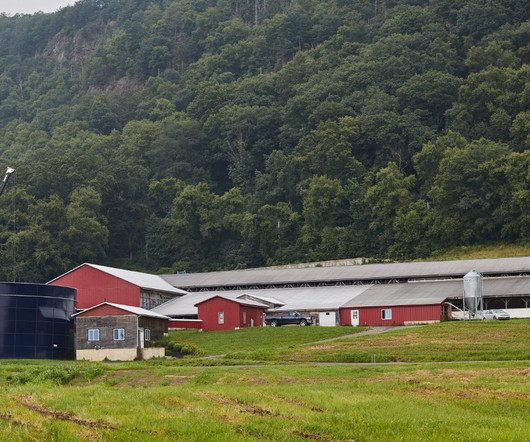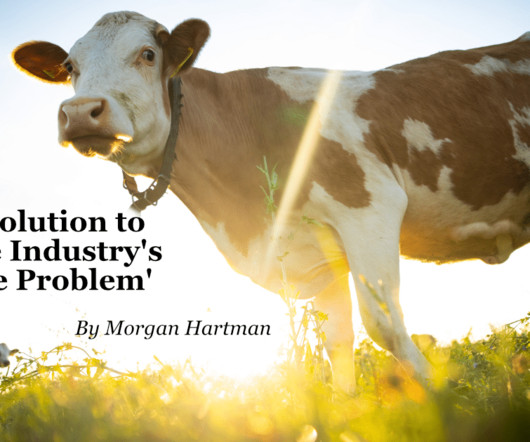These Manure Digesters Incorporate Food Scraps. Does That Make Them Better?
Civil Eats
AUGUST 28, 2023
The waste grease, collected from a local pizzeria, a Mexican restaurant, and a pub, will be mixed with manure in the dairy farm’s anerobic co-digester and converted into renewable energy. Methane gas digesters are used by dairy farms to convert manure into energy and reduce their greenhouse gas (GHG) emissions.












Let's personalize your content